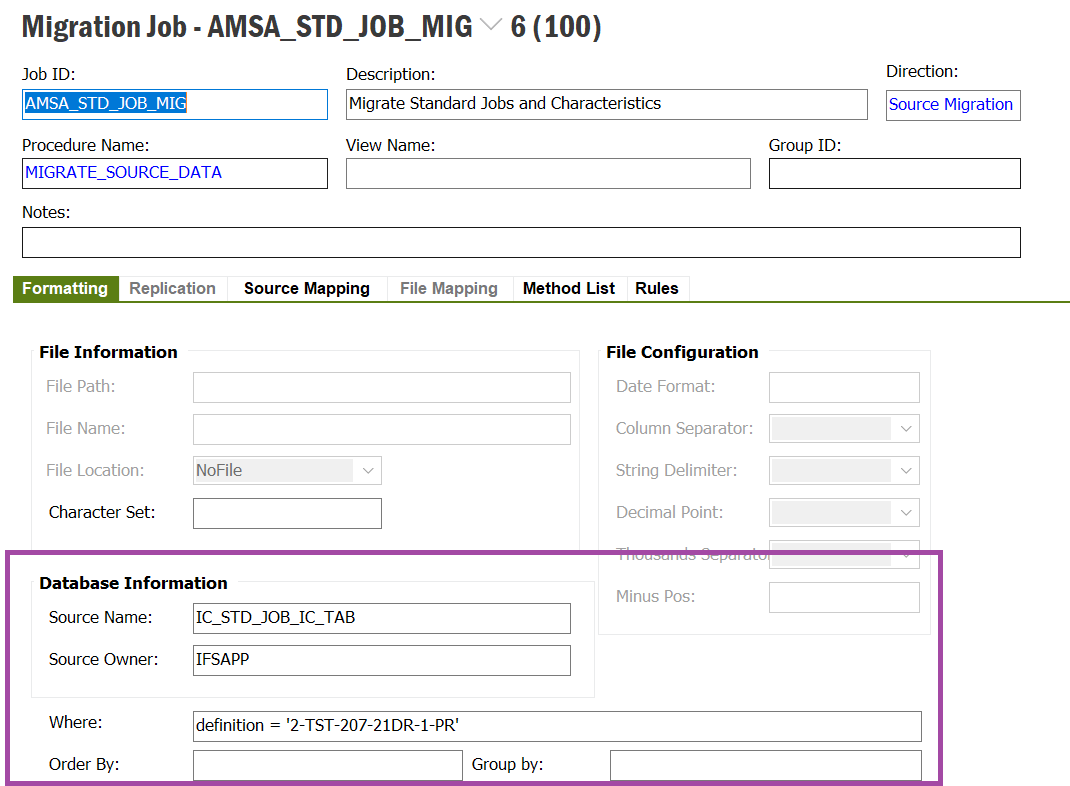Hi - I can create 2 data migration jobs to create a Purchase Order. - One to create the header and one to create the lines.
I am looking to create a single Migrate Source Data DM Job to create header and lines based on an imported table of data.
So the stage 1 imported Data would be simplified as something like..
- Supplier
- Part No
- Qty
Stage 2 to Create a PO for the distinct list of Suppliers and then create the attached lines
Anyone think this is possible without custom code? Thanks for looking..


















